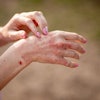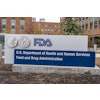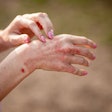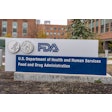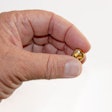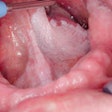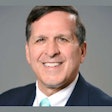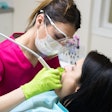
In a public statement issued October 29, the ADA said it deeply regrets not taking a stronger stand against discriminatory membership practices before the civil rights era.
ADA President Raymond Gist, D.D.S., stated in a press release that making the announcement public reinforces the ADA's commitment to a diverse and inclusive profession, moving the field forward in a new spirit of collaboration to advance the dental profession and the oral health of the public.
"In looking forward, we also must look back," said Dr. Gist, the first African American to serve as ADA president. "Along with acknowledging past mistakes and to build a stronger, collaborative platform for future accomplishments, the ADA apologizes to dentists for not strongly enforcing nondiscriminatory membership practices prior to 1965. These are not my words alone -- they embody a resolution adopted by the ADA Officers and Board of Trustees."
Dr. Gist said that in the 45 years since he was a dental student, there have been improvements in the diversity of the dental profession, membership, and leadership of the ADA and in initiatives to reduce disparities in the public's oral health.
Although doors have been opened, more can be done to encourage careers in dentistry, he said, citing enrollment in U.S. dental schools not keeping pace with the growth of underrepresented minorities in the U.S. population.
Dr. Gist explained that U.S. Census Bureau data indicate in 2009, African Americans and Hispanic Americans totaled about 12.9% and 15.8%, respectively, of the U.S. population. Yet, ADA survey data for the 2008-2009 school year indicate only about 6% of dental students were African American and 6% were Hispanic American. And when it comes to the oral health of the public, African Americans and Hispanic Americans suffer higher rates of dental diseases, Dr. Gist also noted.
In June of this year, the National Dental Association (NDA), the Hispanic Dental Association (HDA), the Society of American Indian Dentists, and the ADA held the first National Summit on Diversity in Dentistry. At the summit, representatives from each organization presented deeply personal testimonials on the history of exclusion and inclusion in organized dentistry. They described current initiatives to improve diversity in the profession and leadership, and to reduce population disparities in oral health status. The presidents of the four organizations also committed to continuing their dialogue, focusing on oversight of current and future collaborations.
The ADA said it has a number of programs and activities devoted to inclusion, such as the Institute for Diversity in Leadership, which provides a diverse group of dentists with education and experience to set new leadership paths within the profession and their communities; the Student Ambassador Program; and the Council on Dental Education and Licensure's Career Guidance and Diversity Activities Committee (Committee D). Committee D is comprised of 14 members, including representatives of the NDA, HDA, and Society of American Indian Dentists.
"The more our profession reaches out and makes everyone -- from every walk of life and with every career ambition -- feel welcome, the more talented our next generation of dentists will be," Dr. Gist stated.
Copyright © 2010 DrBicuspid.com
